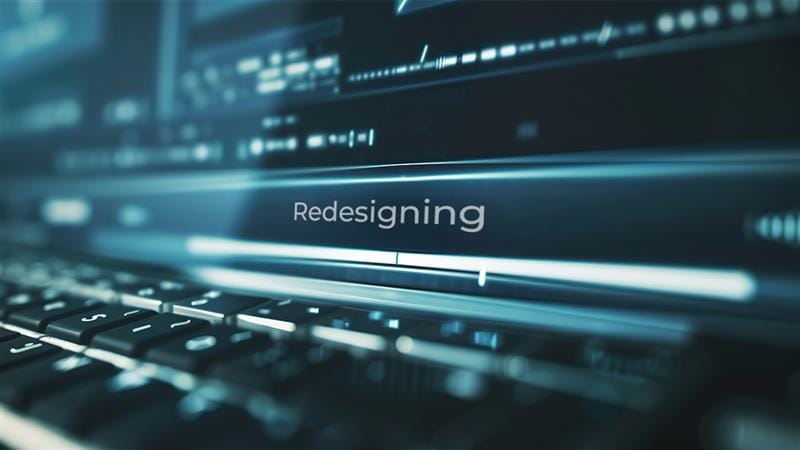Table of Contents
Software is no longer static. The era of self-evolving systems—software that continuously adapts, optimizes, and redesigns itself in real time—is here. Driven by advancements in AI, machine learning, and adaptive algorithms, this next generation of software is reshaping how products operate, improving performance dynamically without human intervention.
The Shift from Static to Self-Evolving Systems
Traditional software development follows a structured cycle: design, build, deploy, update. While automation has accelerated this process, the core model remains the same—humans analyze, modify, and release improvements. But what if software could detect inefficiencies, predict failures, and redesign itself in real time?
Self-evolving software does just that. It continuously monitors its own performance, user interactions, and environmental changes, making adjustments on the fly. It learns from data, refines its architecture, and even rewrites parts of its code to enhance functionality.
How It Works
At the core of self-evolving software are AI-driven optimization techniques, reinforcement learning, and generative algorithms. These technologies enable software to:
- Adapt to user behavior: Interfaces and workflows change dynamically based on how users interact with the product.
- Optimize performance: Systems self-tune in response to usage spikes, network conditions, or hardware limitations.
- Fix vulnerabilities autonomously: AI detects and patches security gaps before they can be exploited.
- Enhance functionality: Software can introduce new features by integrating learned patterns and emerging trends.
The Impact on Product Engineering
Self-evolving software shifts the focus from periodic updates to continuous transformation. Instead of waiting for a new release, products evolve in real time, ensuring they remain efficient, secure, and aligned with user needs. This has profound implications for industries relying on real-time analytics, autonomous systems, and adaptive digital experiences.
However, challenges remain. Trust and control are critical—organizations must ensure that self-improving systems do not introduce unintended risks. Ethical AI governance and human oversight will be essential in defining the boundaries of self-evolution.
The Future of Autonomous Products
The future belongs to intelligent, self-adapting systems that move beyond static updates and embrace continuous evolution. As AI-driven software engineering advances, the question will not be whether products can redesign themselves, but how seamlessly they can integrate with human creativity and business goals. Organizations that master this balance will redefine the next wave of digital innovation.


